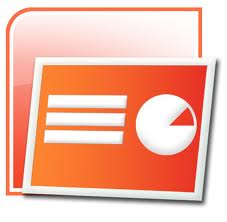Special Senses
Vision, Olfaction, Hearing and Taste
While part of the nervous system, the special senses are often removed as a seperate unit due to the anatomical complexity of each sense. This unit primarily focuses on vision, olfaction (smell), hearing, and taste.
Special Senses Lecture Powerpoint
 |
Purpose: This lecture is an extension of the one covering the central and peripheral nervous system, focusing on the physiology of the five senses. Students will learn the neuron pathways and specialized cells associated with smell, taste, touch, vision, and hearing. The anatomy of the human eye and human ear are a big part of this lecture.
Essential Concepts: Senses, olfaction, auditory, gustation, taste, smell, hearing, touch, eye anatomy, ear anatomy.
Special Senses Student Notes Outline
Purpose: Taking efficient notes can be a big challenge for many students, especially when working from a Powerpoint lecture. This outline gives students a means to take notes that guides them toward important concepts and avoids the pitfalls of writing word-for-word or simply not taking notes at all. The outline lays out each of the key concepts, ideas, and blank diagrams that students are expected to learn. They fill in the missing details as the lecture proceeds.
Essential Concepts: Senses, olfaction, auditory, gustation, taste, smell, hearing, touch, eye anatomy, ear anatomy.
Special Senses Study Guide
Purpose: This study guide is a condensed listing of the major vocabulary words from this chapter, along with a set of practice questions and diagrams similar to what might be on a written test. The questions and vocabulary are roughly written in the same order as they appear in the lecture.
Essential Concepts: Senses, olfaction, auditory, gustation, taste, smell, hearing, touch, eye anatomy, ear anatomy.
